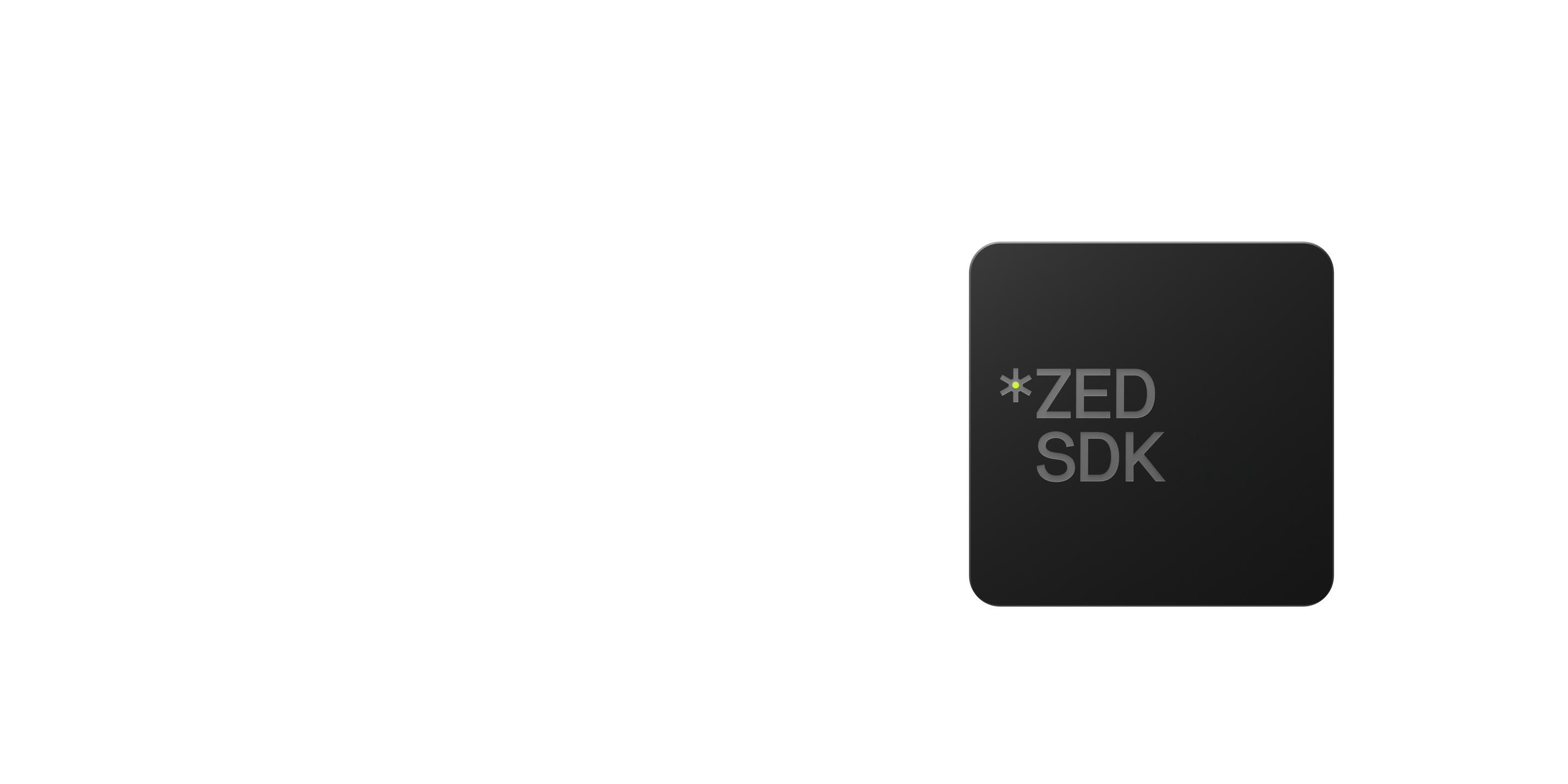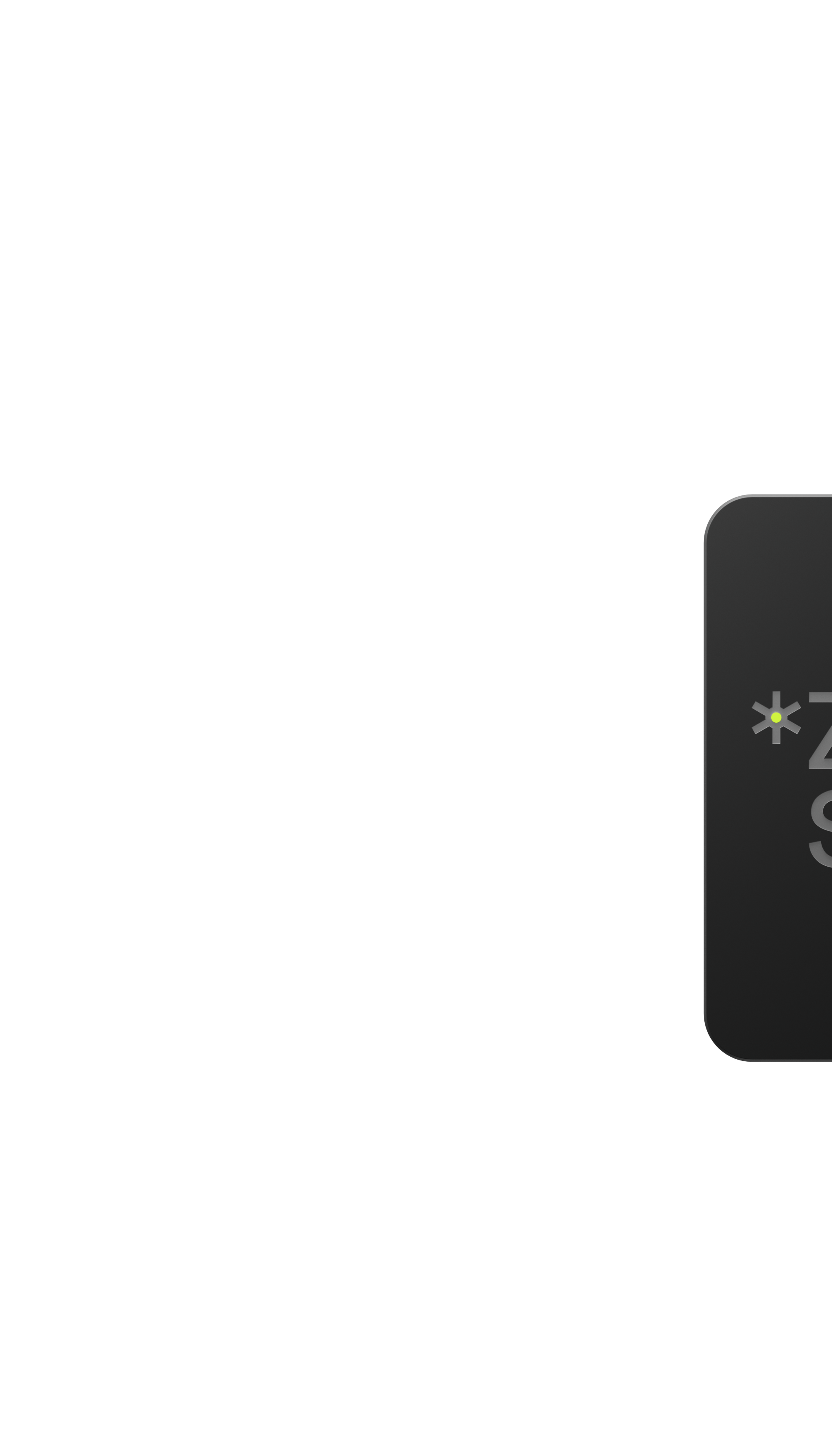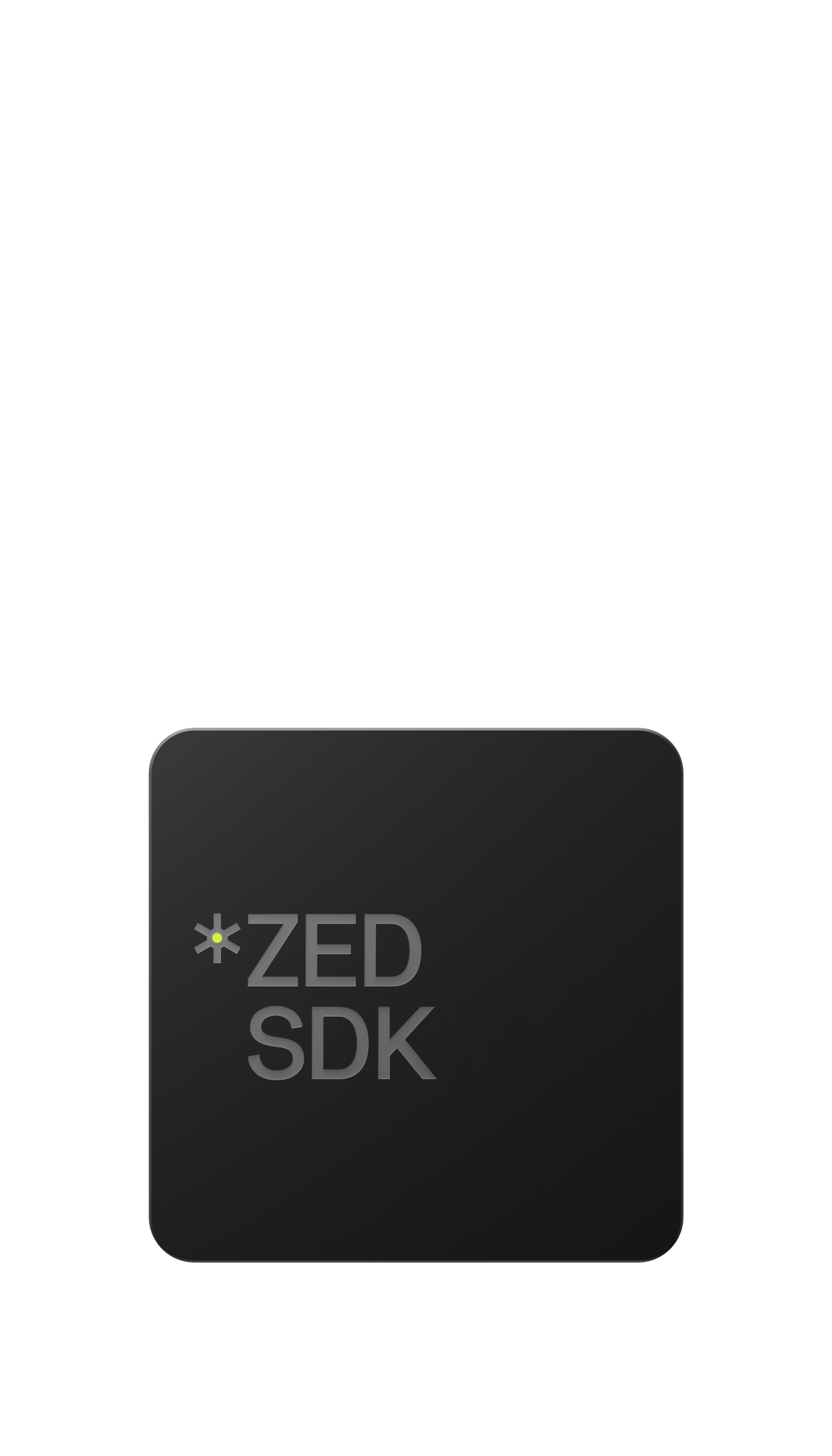The ZED SDK v4.0 continues to follow the architecture of previous versions. With this major release, the ZED SDK now includes support for the new ZED X hardware, as well as the new Fusion API.
Since there are a lot of changes from ZED SDK v3.8, this tutorial will help you migrate from version 3.8 to 4.0.
MODEL::ZED_X and MODEL::ZED_XM.INPUT_TYPE::GMSL field to sl::DeviceProperties for GMSL cameras (support for GMSL cameras is only available on hosts with Nvidia Jetson SoC).INPUT_TYPE input_type field to sl::DeviceProperties struct.ERROR_CODE::CAMERA_REBOOTING error code and will initiate a recovery function in a parallel thread. By default, the grab function is blocking and will only return once the camera connection has been restored (or if the time out is reached).async_grab_camera_recovery optional parameter to sl::InitParameters to enable this behavior (set to false by default).ERROR_CODE::CAMERA_REBOOTING error code.setFromCameraID and setFromCameraSerialNumber methods from sl::InputType now take an optional to choose between or cameras. When unspecified, the method searches for available USB cameras , then searches for GMSL.In accordance with ZED SDK's Deprecation Policy, deprecated APIs that reached end-of-life after the 4.0 stable release have been removed.
This section lists the deprecations which were removed, listed by the affected class.
setRotation has been removed. Please use setRotationMatrix instead.getRotation has been removed. Please use getRotationMatrix instead.R and T attributes have been removed. Please use stereo_transform instead.The following attributes have been removed and are available in sl::CameraConfiguration and sl::SensorsConfiguration
calibration_parameters → sl::CameraConfiguration::calibration_parameterscalibration_parameters_raw → sl::CameraConfiguration::calibration_parameters_rawStart building exciting new applications that recognize and understand your environment.




BUS_TYPEUSBGMSLgetInputType(), getConfiguration(), and isInit() for sl::InputType.sl::CameraParameters to easily convert camera intrinsic parameters for a given resolution.RESOLUTION:HD1200 (1920x1200) and RESOLUTION::SVGA (960x600) resolutions for ZED X and ZED X Mini cameras.RESOLUTION:AUTO resolution which sets RESOLUTION::HD720 resolution for USB cameras, and RESOLUTION::HD1200 resolution for GMSL cameras.VIDEO_SETTINGS :EXPOSURE_TIME : Image sensor exposure time in msANALOG_GAIN : Analog sensor gain in dBDIGITAL_GAIN : Digital ISP gain in dBAUTO_EXPOSURE_TIME_RANGE : Defines the range of the exposure time in automatic controlAUTO_ANALOG_GAIN_RANGE : Defines the range of sensor gain in automatic control. Min/Max range between [1000 - 16000]mdB.AUTO_DIGITAL_GAIN_RANGE : Defines the range of digital ISP gain in automatic control.EXPOSURE_COMPENSATION : Exposure target compensation made after AE. Reduces the overall illumination by factor of F-stops. values range is [0 - 100] (mapped between [-2.0, 2.0]). Only available for GMSL-based cameras.DENOISING : Defines the level of denoising applied on both left and right images. values range is [0 - 100]. Only available for GMSL-based cameras.Camera::getCameraSettings now returns an ERROR_CODE and uses a reference to retrieve the value.Camera::setCameraSettings now returns an ERROR_CODE instead of void.NEURAL depth mode which is now more robust to challenging situations such as low light, heavy compression, and textureless areas such as interior plain walls, overexposed areas, and exterior sky.SENSING_MODE is now deprecated and not usable in the API. To get the same behavior as the deprecated SENSING_MODE::FILL, please use the new sl::RuntimeParameters.enable_fill_mode parameter.confidence_threshold in sl::RuntimeParameters is now set by default to 95 instead of 100 previously. Following the SENSING_MODE removal (see above), the default confidence is now set lower to remove the potential incorrect depth value that can produce trails behind objects, while keeping a relatively dense depth map.Object detection models have been refactored to separate object detection models and human body detection models into two separate classes: OBJECT_DETECTION_MODEL and BODY_TRACKING_MODEL respectively.
OBJECT_DETECTION_MODEL enum contains the following models:MULTI_CLASS_BOX_FAST: Any objects, bounding box based.MULTI_CLASS_BOX_MEDIUM: Any objects, bounding box based, a compromise between accuracy and speed.MULTI_CLASS_BOX_ACCURATE: Any objects, bounding box based, more accurate but slower than the base model.PERSON_HEAD_BOX_FAST: Bounding Box detector specialized in person heads, particularly well suited for crowded environments, person localization is also improved.PERSON_HEAD_BOX_ACCURATE: Bounding Box detector specialized in person heads, particularly well suited for crowded environments, the person localization is also improved, more accurate but slower than the base model.CUSTOM_BOX_OBJECTS: For external inference, using your own custom model and/or frameworks. This mode disables the internal inference engine, the 2D bounding box detection must be provided.sl::ObjectDetectionParameters (and in related methods such as Camera::getObjectDetectionParameters, Camera::disableObjectDetection, …).MULTI_CLASS_BOX to MULTI_CLASS_BOX_FAST in OBJECT_DETECTION_MODEL.PERSON_HEAD_BOX to PERSON_HEAD_BOX_FAST in OBJECT_DETECTION_MODEL.enable_mask_output to enable_segmentation in sl::ObjectDetectionParameters.keypoint_2d, keypoint, keypoint_confidence, local_position_per_joint, local_orientation_per_joint, and global_root_orientation from sl::ObjectData. These attributes have been moved to the sl::BodyData class for Body Tracking.BODY_TRACKING_MODEL enum contains the following models:HUMAN_BODY_FAST: Keypoints based, specific to human skeleton, real-time performance even on Jetson or low-end GPU cards.HUMAN_BODY_MEDIUM: Keypoints based, specific to human skeletons, compromise between accuracy and speed.HUMAN_BODY_ACCURATE: Keypoints based, specific to human skeletons, state-of-the-art accuracy, requires powerful GPU.The model now depends both on the accuracy wanted both also the BODY_FORMAT (see below)
BODY_FORMAT naming from POSE_XX to BODY_XX. The POSE_18 and POSE_34 formats have been renamed to BODY_18 and BODY_34 respectively.BODY_FORMAT:BODY_38: Adds additional keypoints to BODY_34, specifically on the feet and hands. The body fitting now provides accurate orientations for the feet and hands.BODY_70: Adds full hand keypoints to BODY_38, 4 keypoints per finger.sl::BodyTrackingParameters (and in related methods such as Camera::getBodyTrackingParameters, Camera::disableBodyTracking, …).BODY_KEYPOINTS_SELECTION enum to filter keypoints for specific use cases. Currently available options include BODY_KEYPOINTS_SELECTION::FULL and BODY_KEYPOINTS_SELECTION::UPPER_BODY.Please refer to the body tracking documentation for more information on the human body tracking models and formats.
sl::BodyData class which contains detection and tracking information on detected human bodies, such as keypoint, joint, and skeleton root information.Camera::retrieveBodies method to retrieve human body detection data after a Camera::grab call, similar to Camera::retrieveObjects.sl::Bodies class which is returned from Camera::retrieveBodies, similar to sl::Objects.sl::BodyTrackingParameters and sl::BodyTrackingRuntimeParameters classes which define all of the parameters related to body tracking.BODY_PARTS to BODY_18_PARTS.BODY_PARTS_POSE_34 to BODY_34_PARTS.BODY_38_PARTS and BODY_70_PARTS which list all keypoints for new body formats.BODY_BONES to BODY_18_BONES.BODY_BONES_POSE_34 to BODY_34_BONES.BODY_38_BONES and BODY_70_BONES bones containers for new body formats.camera_imu_transformsl::CameraConfiguration::camera_imu_transformcamera_firmware_version → sl::CameraConfiguration::firmware_versionsensors_firmware_version → sl::SensorsConfiguration::firmware_versioncamera_fps → sl::CameraConfiguration::fpscamera_resolution → sl::CameraConfiguration::resolutiongetRotation has been removed. Please use getRotationMatrix instead.textureness_confidence_threshold has been removed. Please use texture_confidence_threshold instead.model2str has been removed. Please use toString instead.errorCode2str has been removed. Please use toString instead.unit2str has been removed. Please use toString instead.str2unit has been removed.